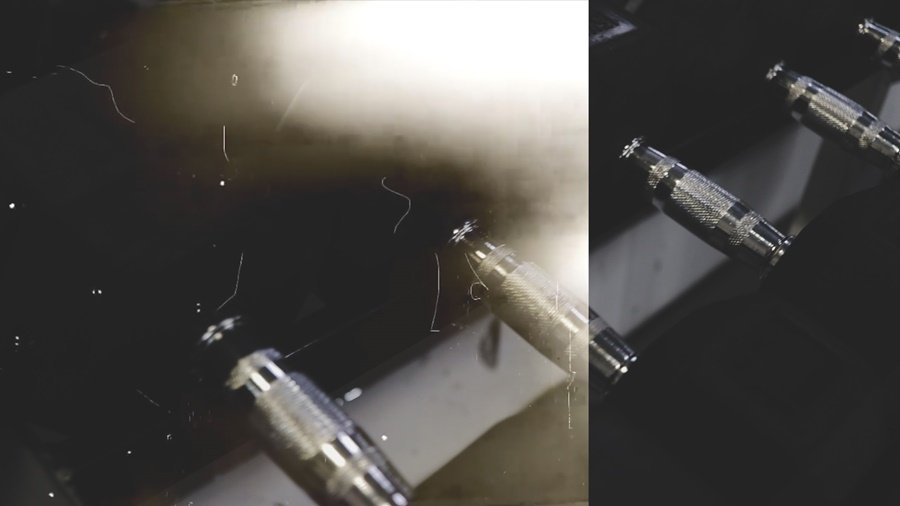In the intricate dance between imagination and execution lies the art of storyboarding. This guide takes you on a journey through the origins, techniques, and significance of storyboarding, a vital tool in the arsenal of filmmakers for translating ideas into visual narratives.
The Genesis of Storyboarding
Walt Disney’s Innovation: Explore the roots of storyboarding in Walt Disney’s innovative approach to animation. Understand how Disney’s team revolutionized the storytelling process by sketching out sequential scenes, setting the stage for a new era in visual narrative development.
Evolution in Filmmaking: Trace the evolution of storyboarding from animation to live-action films. Discover how filmmakers embraced this visual storytelling method to plan and visualize scenes, ensuring a cohesive and impactful narrative flow.
Why Storyboarding Matters
Visualization of Ideas: Uncover the power of storyboarding in bringing abstract ideas to life. Whether sketching out a complex action sequence or visualizing character interactions, storyboards serve as the blueprint for the director’s vision.
Communication and Collaboration: Delve into how storyboards facilitate communication and collaboration on a film set. From directors and cinematographers to costume designers, a well-crafted storyboard serves as a common visual language, aligning the creative team’s vision.
Storyboarding Techniques
Shot Composition and Framing: Learn the art of framing and shot composition through storyboarding. Explore how decisions about camera angles, framing, and composition are made in the storyboard phase, shaping the visual aesthetics of the final product.
Sequential Storytelling: Understand the importance of sequential storytelling in storyboarding. Explore techniques for creating a flow that guides the viewer’s eye from one storyboard panel to the next, ensuring a seamless and engaging narrative progression.
Thumbnails and Rough Sketches
The Power of Thumbnails: Dive into the world of thumbnail sketches in storyboarding. Discover how these small, quick sketches serve as a rapid ideation tool, allowing filmmakers to experiment with different compositions and angles before committing to detailed drawings.
Rough Sketches for Conceptualization: Explore the role of rough sketches in visualizing the overall look and feel of scenes. Understand how these preliminary drawings capture the essence of a moment, helping directors make informed decisions about pacing and visual style.
Digital Storyboarding Tools
Advantages of Digital Platforms: Explore the benefits of transitioning from traditional to digital storyboarding tools. From ease of editing to collaborative features, digital platforms have revolutionized the storyboarding process, offering efficiency and flexibility.
Popular Digital Storyboarding Software: Discover some of the popular digital storyboarding software options available today. From industry standards to emerging tools, each offers unique features catering to the diverse needs of filmmakers and animators.
Incorporating Feedback
Iterative Process: Embrace the iterative nature of storyboarding. Learn how receiving and incorporating feedback is an essential part of the creative process, refining the visual narrative and ensuring alignment with the director’s vision.
Collaborative Storyboarding Sessions: Explore the concept of collaborative storyboarding sessions. Whether in-person or conducted virtually, these sessions foster dynamic exchanges of ideas, refining the storyboard through collective creativity.
Case Studies in Storyboarding
Iconic Scenes and Their Storyboards: Analyze the storyboards behind iconic film scenes. From classic films to contemporary blockbusters, discover how storyboarding played a pivotal role in shaping memorable moments on the silver screen.
Adaptation to Different Genres: Explore how storyboarding techniques vary across genres. Whether crafting a suspenseful thriller or a heartwarming drama, understanding the nuances of storyboarding for different genres is key to effective visual storytelling.
The Future of Storyboarding
Augmented Reality and Storyboarding: Peek into the future of storyboarding with augmented reality. Explore how AR technologies are transforming the storyboarding process, offering immersive experiences for filmmakers and enhancing pre-visualization capabilities.
Global Collaboration in Storytelling: Consider the impact of global collaboration on storytelling. With filmmakers and artists collaborating across continents, storyboarding becomes a virtual space for bringing together diverse perspectives and talents.
Conclusion
As we conclude this exploration of the art of storyboarding, remember that every stroke of the pencil or click of the digital pen contributes to the visual symphony that unfolds on screen. The journey from concept to execution is marked by the meticulous craft of storyboarding, an indispensable bridge between imagination and cinematic excellence.








